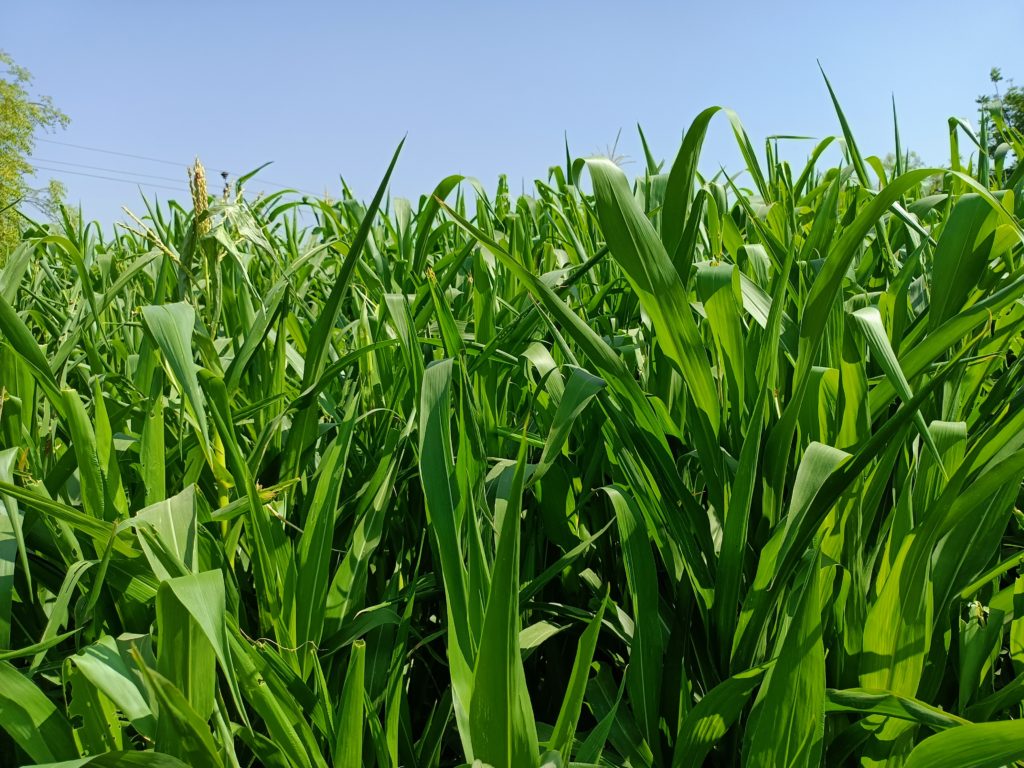Bioenergy sorghum wax could generate extra revenue for producers

vivek_photography/shutterstock
Already valued for its resilience, biomass production and ability to improve soil fertility, bioenergy sorghum has another attribute that researchers have recently characterized: high wax production.
Plant waxes are useful across a wide scope of commercial products like cosmetics, inks and candles, edible food coatings and biofuels. Bioenergy sorghum’s production of high wax loads could give growers additional profit.
Scientists within Texas A&M AgriLife Research and the Texas A&M College of Agriculture and Life Sciences are learning more about the plant’s wax. Robert Chemelewski carried out research with supervision from John Mullet, College of Agriculture and Life Sciences.
For the study, researchers studied the biochemical processes involved in bioenergy sorghum’s wax production. They found the wax biosynthesis genes by using genetic information obtained from other plants.
The researchers confirmed that the genes were expressed in the outer layer of the stem, where the wax is synthesized and deposited. The team then analyzed the activation process of wax biosynthesis during stem development, allowing them to see which genes are involved in regulation.
In the future, growers of bioenergy sorghum could financially benefit from the plant’s wax in addition to income the crop generates as a feedstock for biofuels and biopower generation.
“We’re always looking for ways we can extract a value-added product from the plant prior to converting it into biofuel,” Mullet said. “When harvested biomass goes to a biorefinery, you could remove the wax early in the process for later purification and sale as a valuable coproduct.”

